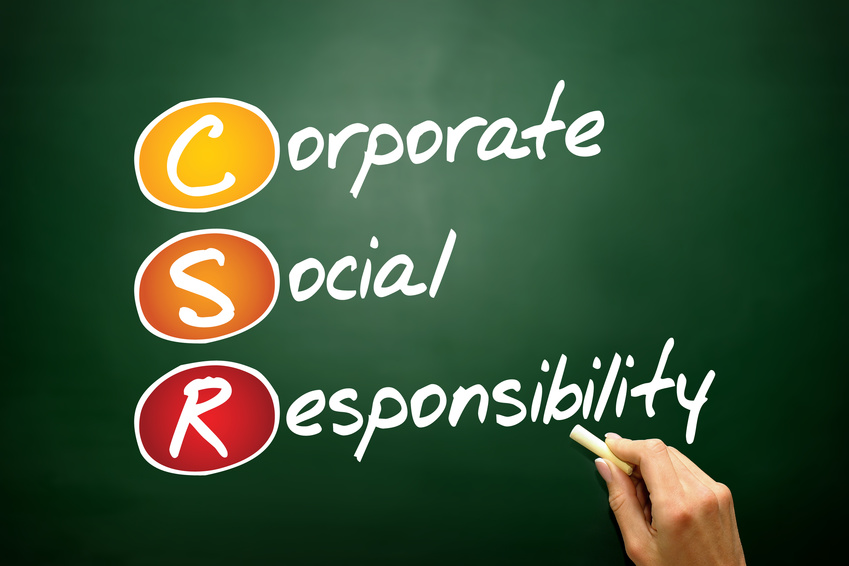By Yang Dongning
It's become a mainstream practice in business to create Corporate Social Responsibility (CSR) reports. But the contents of CSR reports are highly diversified and how much they can serve a business’ interests depends on their execution.
Trends and industry differences
The content within CSR reports varies greatly. Through the machine reading of CSR reports written in Chinese and released by 1,191 organizations between 2008 and 2012, as well as expert screening, we found 359 keywords that reflect the common meaning of CSR reports. These keywords are classified into six categories: economic development, environmental issues, employment practices, consumers and clients, community and Chinese characteristics. The economic and environmental aspects of CSR are mentioned most often (on average, 30 percent and 28 percent of the time), and the firms’ adaptations to particular Chinese characteristics of CSR are mentioned least often (on average, only about 5 percent of the time).
CSR reports do vary by industry. For example, when industries are faced with more environmental pressure, they tend to disclose more about environmental issues in their CSR reports. Additionally, there exist some intra-industry differences. Reports that follow international guidelines tend to devote less space to economic issues and mention relatively more environmental and consumer issues. According to our analysis, state-owned companies focus so hard on the economic category that they disclose relatively little on employment practices, consumers and clients and community. We recommend management of state-owned companies and policy makers encourage more balanced CSR reporting.
To provide more balanced information disclosure, we suggest practitioners adopt these guidelines, such as the Global Reporting Initiative's G4 Guidelines when preparing CSR reports.
Authenticity is at stake
How the public perceives firms’ Corporate Social Performance (CSP) is a great concern for public relations departments inside business organizations. Many firms issue CSR reports on regular basis to build a good relationship between the public and the firms.
In our recent study, we combined signaling theory and sense-making theory to explain how readers’ comprehension of an organization’s CSR report can have a positive effect on their trust in the organization. From an organization’s CSR report, readers receive signals on
-
how authentic the CSR report is, and
-
how good the organization’s CSP is.
Through the sense-making process, readers then evaluate the CSR report and the value fit of the organization with themselves to determine how much trust they will put in the organization. The better readers comprehend the CSR report, the stronger signals they receive, the better evaluation they give and the more they trust the organization.

Trust and open sharing
Our findings suggest that organizations can obtain a higher level of trustworthiness from the public when more people read their CSR reports. Nonetheless, after an informal review of the official websites of the 53 organizations, we found that less than half of them provided official channels for the public to read or download their CSR reports. Furthermore, almost all organizations put CSR information and reports on inconspicuous pages on their websites. Many organizations pour a great amount of financial and human capital into compiling CSR reports, yet don't put much effort into promoting them. From our research, if organizations improve public to access their reports on their official websites, WeChat public accounts, microblogs or printed brochures, they will enhance their public trustworthiness level.
Our findings also indicate that making CSR reports more distinctive and unique leads to a greater perception of authenticity. As a consequence, these companies with more unique reports can more easily build trust with the public and minor stakeholders.
Yang Dongning is a Professor at the Guanghua School of Management at Peking University. This report was compiled from the abstracts of two working papers, which were accepted by the 2016 Annual Meeting of the Academy of Management in California.


